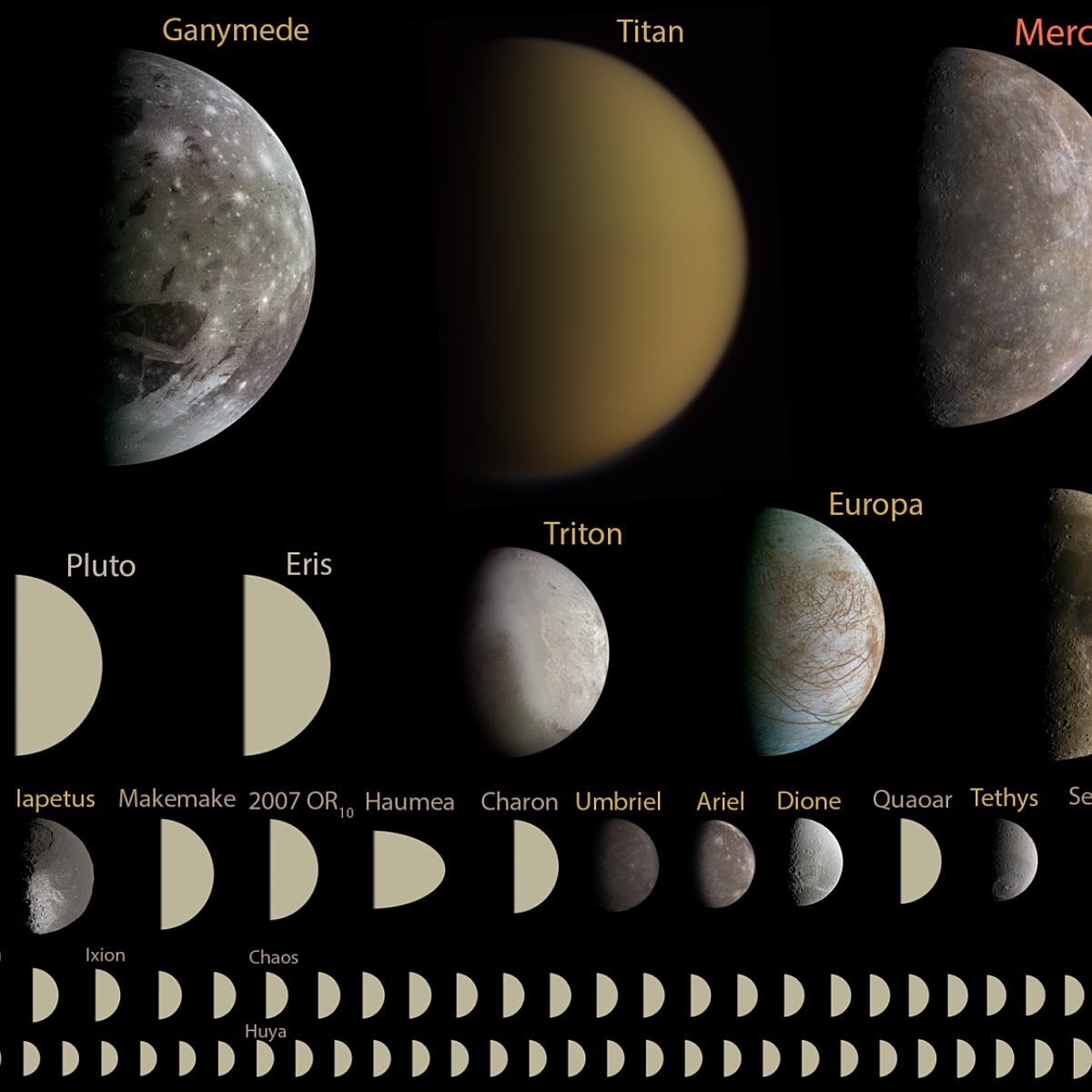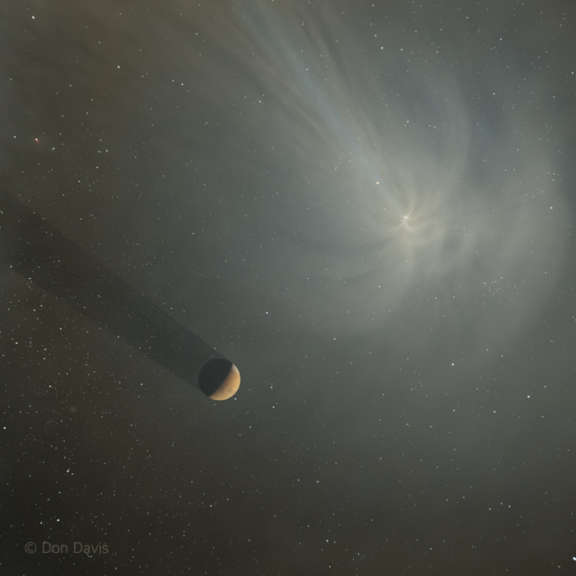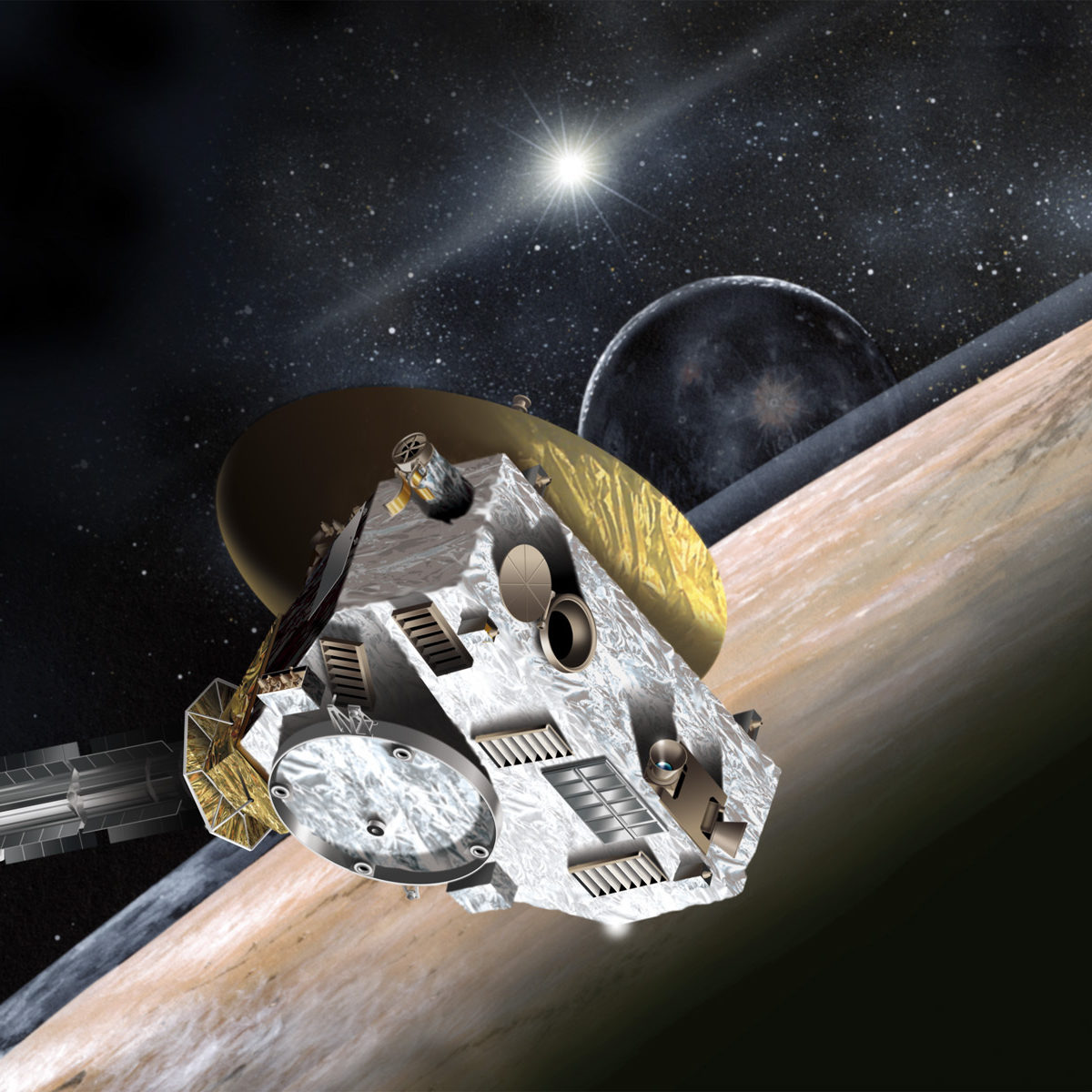All
All
Stories, updates, insights, and original analysis from The Planetary Society.
[Updated] To Europa!...Slowly. First Impressions of NASA's New Budget Request
Europa may get a mission...eventually. We give our first take on the 2015 NASA Budget request. How does Planetary Exploration fare? Which projects were cancelled? Will NASA capture an asteroid? And most importantly, what can you do about it?
Hypervelocity Cratering and Riding Out the Risk
Today's update from the Mars Express team contains the realisation that, for some of the risks associated with October's Siding Spring flyby, there may not be much the team can do.
2015 will be the Year of the Dwarf Planet, and you need to tell people about it!
I am very excited about 2015, more so than I have been about any year since I started working at The Planetary Society. Dawn will enter orbit at Ceres, and New Horizons, which will fly past Pluto and Charon. But if we want this kind of exploration to continue, I'm challenging you, dear readers, to tell the world why such non-planetary worlds are compelling places to go exploring.
Space is really, really big – except sometimes it isn’t
Here's the next installment in the continuing story of how the Mars Express team is preparing for Comet Siding Spring flyby, 19 October 2014. This week: introducing the spacecraft's subsystems and structure – and wondering how we can absorb impacts.
Eyes and stopwatch are all that are needed to help measure an invisible asteroid
Would you like to be part of one of the largest citizen-science efforts in the history of astronomy? The International Occultation Timing Association (IOTA) invites you to join in the campaign to observe and time the best and brightest asteroid occultation ever predicted to occur over a populated area – and no telescope is required!
Comet Siding Spring Mars encounter: Why orienting Mars Express is the heart of the challenge
Today's post continues where we started last week with an update from the Mars Express Flight Control Team at ESOC on their preparations for the 19 October Comet Siding Springs flyby. Today: defining the challenge!
Mars Express team readies for Siding Spring
On Sunday, 19 October 2014, at around 18:30 UTC, comet C/2013 A1 – known widely as 'Siding Spring' after the Australian observatory where it was discovered in January 2013 – will make a close fly-by of Mars.
A Spin Through the Inner Solar System
Animated maps of the planets show the spheres in motion.
Mission to a Metallic World: A Discovery Proposal to Fly to the Asteroid Psyche
Imagine flying deep within the asteroid belt to study the most unreachable location in the solar system: the deep core of a terrestrial world.
Predicting Pluto's moons and moondust
Why didn't we discover Pluto's moons until more than a decade after Hubble launched? Mark Showalter helps me answer this question.
A new comet observing campaign for C/2013 A1 (Siding Spring)
You thought you were rid of us...but we're back! Following the spectacular and, quite frankly unprecedented, success of the Comet ISON Observing Campaign, we are launching a similar venture for another unique cometary encounter that's happening this year. In October 2014, comet C/2013 A1 (Siding Spring) will pass extremely close to Mars.
New Horizons: Updates From the Science Team Meeting, Part 1
Ted Stryk reports on the status of the New Horizons mission from the mission's latest Science Team Meeting.
Planetary Radio: NEOWISE PI Amy Mainzer
NEOWISE has reawakened to discover many more asteroids and comets. The mission leader thanks the amateur astronomers who follow up on these discoveries.
2013: An OSIRIS-REx Retrospective
2013 is drawing to a close, providing a nice opportunity to reflect on the outgoing year and look back at some of the highlights that we have experienced. Here are my top-20 OSIRIS-REx moments of this past year.
Snow balls in space
I don’t get much snow in southern California, but I do spend a lot of my time thinking about college snowball experiences and about the snowball fights that have made the objects of the outer solar system.
Asteroid Minerva finds its magical weapons in the sky
The International Astronomical Union has chosen the names Aegis and Gorgoneion for the two moons of the asteroid (93) Minerva. We decided to crowd-source the names, catching the attention of the public. Over the following year, I received a lot of emails with suggestions
Watch this with your kids: Asteroid Fact versus Fiction
A cute video from the OSIRIS-REx mission in the style of
Planetary Radio: Comet ISON, Rest in Pieces
Karl Battams of NASA's Comet ISON Observing Campaign is our guest on this week's show. He explains how ISON really did become the comet of the century for scientists.
Comet ISON Wrap Up
Comet ISON captivated our world, and many of our world’s robotic emissaries for many months. But, alas, poor ISON is dead -- again. Here I wrap up our enthusiastic coverage of this multi-morphing zombie comet that tried to survive and re-survive as it came within one solar diameter of the Sun.
Comet ISON live blog
Comet ISON reached perihelion at 18:25 UT (10:25 PT) on November 28. It's an event that's was watched around the world, accompanied by tons of commentary and streams of photos. We will update this blog entry periodically with links to all the resources that we hear of for following the comet's progress.


 Explore Worlds
Explore Worlds Find Life
Find Life Defend Earth
Defend Earth


 Sun
Sun Mercury
Mercury Venus
Venus Earth
Earth Mars
Mars Jupiter
Jupiter Saturn
Saturn Uranus
Uranus Neptune
Neptune Small Bodies
Small Bodies


















